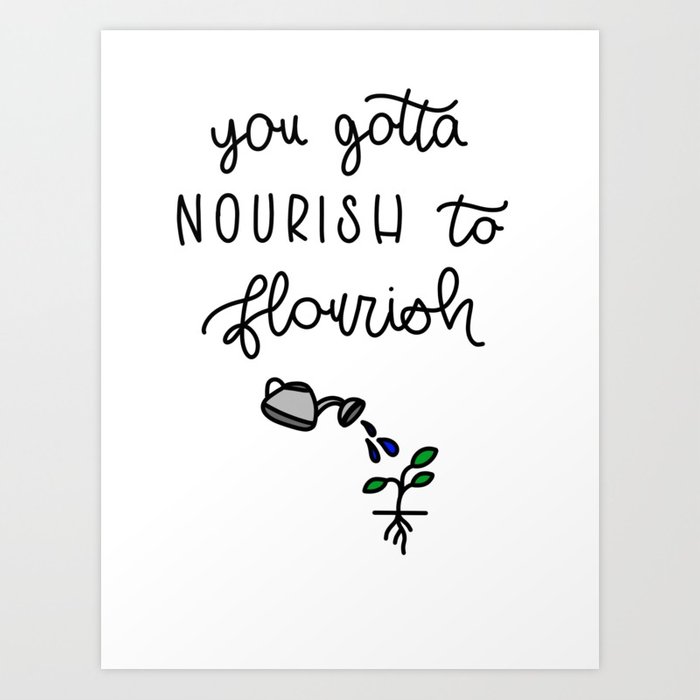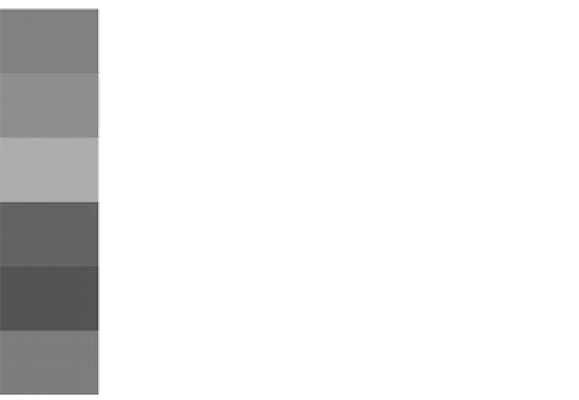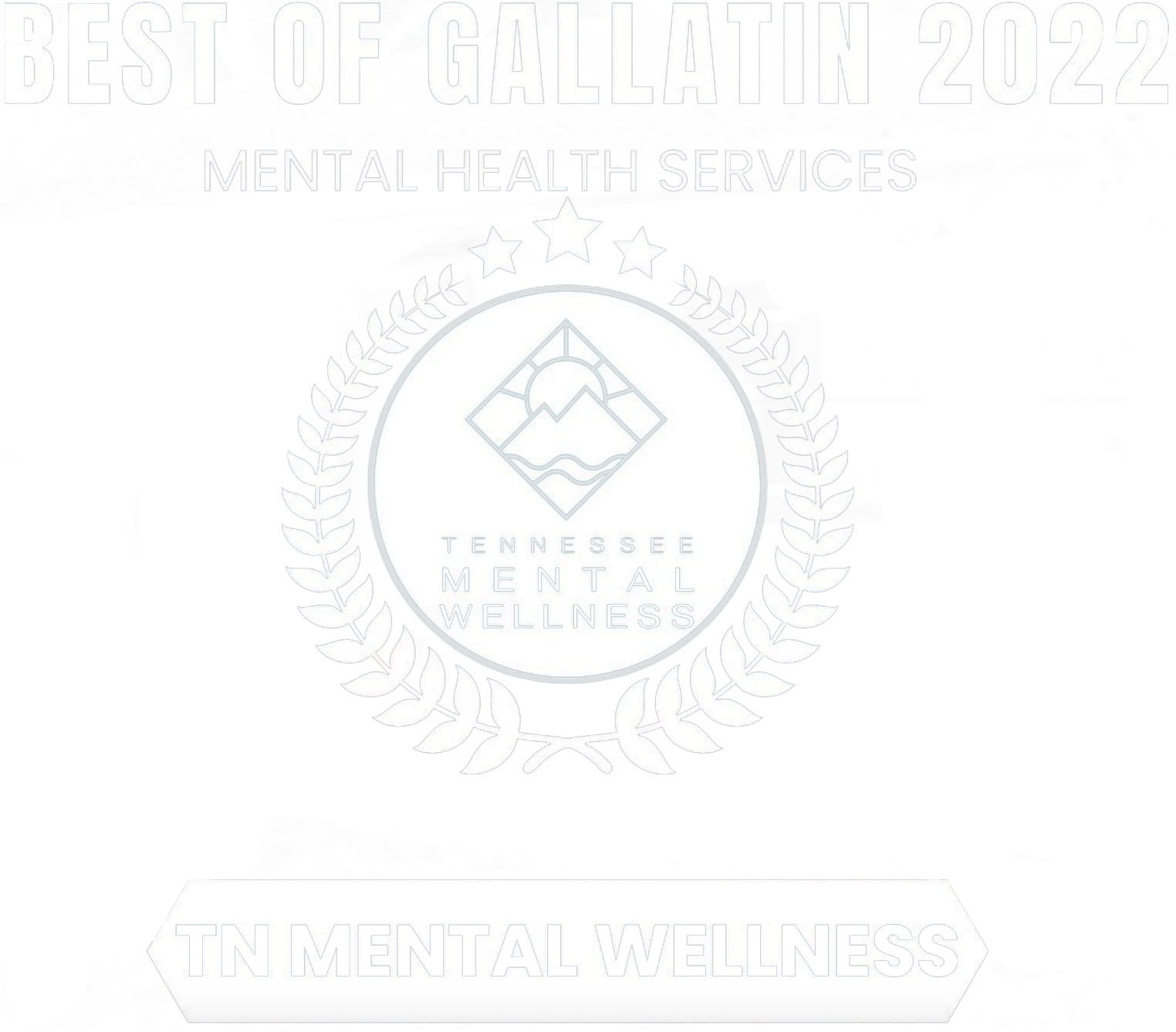Experiments in Self-Care: Mood Tracking

The following is Part 2 in a 4-Part Series of Self-Care experiments, conducted and reported on by the fabulous Psychology intern: Adra Brown. For more “Experiments in Self-Care“, see Part 1: Mindfulness Meditation or Part 2: Tidying Up.
Mood-Tracking App
Moodnotes is a mood-tracking and mood-enhancing app. It helps you track your mood over a period of time to see potential dips and spikes, to journal about your feelings, and a form of Cognitive Reframing to help challenge and change negative thinking patterns.
When you open Moodnotes, it prompts you note how you’re feeling at that moment, providing a vast list of positive and negative emotions to choose from (which is helpful because it can be hard to pinpoint what exactly it is that you are feeling at the moment!). It also challenges you with different writing prompts at the end of good days to help build a healthy mindset.
The Experiment
For this experiment, I can’t say I am a novice. I used to keep journals and diaries on and off for years. However, in the recent years, I only tend to write when things are not going well. I have a journal now that is just dedicated to extreme negative unhealthy thought patterns. I use it to get it all out then I come back to it later when I feel ready to reflect and challenge. While this has been useful to me, looking back at this journal is depressing; it contains nothing happy or good that has happened through the past few years. For this week I want to document the good, happy, bad, and ugly.
(Disclaimer: This was done during my Spring Break and the week before my birthday, so I usually do not go out 3 times a week.)
Day 1:
Today was a great relaxing Sunday. I logged that I felt content, calm, and relaxed. At the end of this entry, the app prompted me to practice a healthy thinking habit by adding something I recently learned and what to do with this knowledge. Recently I have learned the value of “me-time.” It so important to spend time with yourself and to learn about yourself. I will continue to practice some “me-time” from time to time to better understand myself and my needs.
Day 2:
Today I went for a hike and enjoyed the outdoors on a sunny day. I logged that I felt inspired, lively, motivated, and refreshed. Today the app challenged me to recognize my strengths and positive qualities, and how I could use them to help myself and others. I’m really good at being welcoming to others. I can use this to help others feel comfortable around me, and it helps me by being able to make friends easily.
Day 3:
My cat Heloise had surgery today to remove a broken tooth, and I went to see Anastasia with my mom for an early birthday celebration. This day I had a wide array of emotions: anxious, ashamed, self-conscious, guilty, inspired, excited, confident, and bold. The app asked me to check my negative emotions to see if I had fallen into any thinking traps. I found two thinking traps that I had fallen into, “blaming” and “mind reading”. I blamed myself for her breaking her tooth, having surgery, and I felt guilty for leaving her because it was all my fault. In reality, I had no control over the situation, and she was fine when we left home. She was in a little pain when we got home, as expected after surgery, but after a little medicine, she was back to being fine. The second trap was mind reading. I was already feeling anxious and uneasy about leaving Heloise at home, and I started to feel even more uneasy and self-conscious when I felt like everyone was looking at me and thinking I was trying to hard to look cute. However, in reality, people really tend to focus on themselves, and no one ever said anything to me or gave me a nasty look. After looking at the evidence and reexamining the situations I felt a lot better and was able to enjoy the rest of my night.
Day 4:
Most today was spent having quality time with my cat, Heloise. I felt grateful, happy, loving, and reassured. The app prompted me to write about what I want my life to be more about, and how to better fulfill these values. I want my life to be more about others than myself, and I can do this by being more available to others.
Day 5:
It was a busy day, but I treated myself to brunch and relaxed when I got home. I felt cheerful and optimistic. The app challenged me to think and write about a happy event, what I can remember about it, and what feelings I had during the event. The happy memory that immediately came to my mind was being in Arkansas at my grandparents house with my cousin and my brother. We were out in their garden with my grandpa and aunt; while my grandpa checked on all his vegetables, I started posing like the scarecrow while my aunt took pictures of me. I was laughing and running around playing just being a free little kid. I felt happy, carefree, and the sun felt so warm and comforting.
Day 6:
I took an Uber by myself and went to a concert by myself for the first time today. It exceeded all my expectations! I felt confident, energized, enthusiastic, inspired, proud, thrilled, and anxious. When I first started out for the night I was definitely falling into the trap of catastrophizing. I felt like I couldn’t do it, and I thought all the absolute worst things that could happen were going to happen. But I took precautions to let people I trust know where I was, and I shared my location so that they could know where I was at all times. I was fine the whole night, nothing bad happened, and I had a lot of fun. I was really proud of myself for not letting my anxiety talk me out of it.
Day 7:
I am tired from being out late because of the concert, but I went out tonight to see a movie by myself. It was so much more fun than I would have thought. I felt energized and satisfied. The app prompted me to write about something I could do to cheer someone else up, and how it might benefit me by engaging in this act. I can cheer up others by telling a funny story; this benefits me in a two ways, first I make someone else happy, which makes me feel good, and I make myself laugh from my own jokes and stories.
Final Thoughts
I loved using this app, and will continue to use it! It challenged me every day to look at the positive side of things, to appreciate what I am good at, to improve myself, and to find a way to challenge the thinking traps I often believe.
The day two challenge was so difficult for me, but it ultimately helped me to recognize something I constantly do to myself. I could only think of what I could do better, and even if I said I was good at something I would immediately discredit myself. It is so hard to just say I am good at ____ without a “but” following the positive attribute. Also, I really enjoyed the day five challenge, I smiled the whole time thinking about the happy memory, and it made the rest of my day even better.
I highly recommend this app to everyone! It is $4.99, but it is well worth it the money!
About The Author:
 Adra Brown is an undergraduate Senior at Welch College studying Psychology. She has a passion for counseling and mental health. She loves her cats and trying new, exciting experiences.
Adra Brown is an undergraduate Senior at Welch College studying Psychology. She has a passion for counseling and mental health. She loves her cats and trying new, exciting experiences.










LEAVE A COMMENT